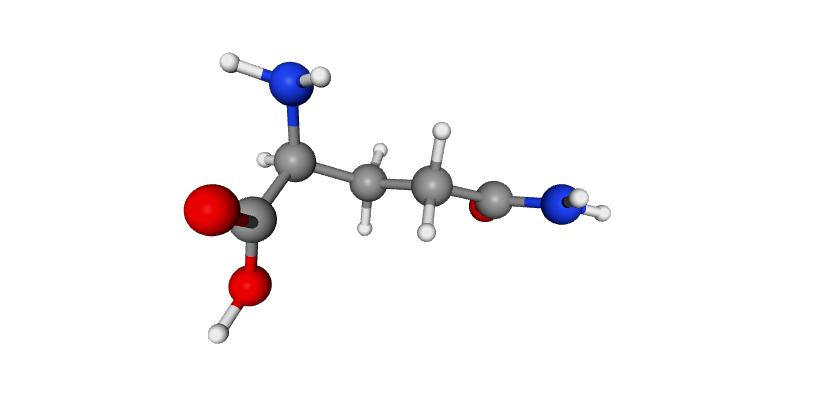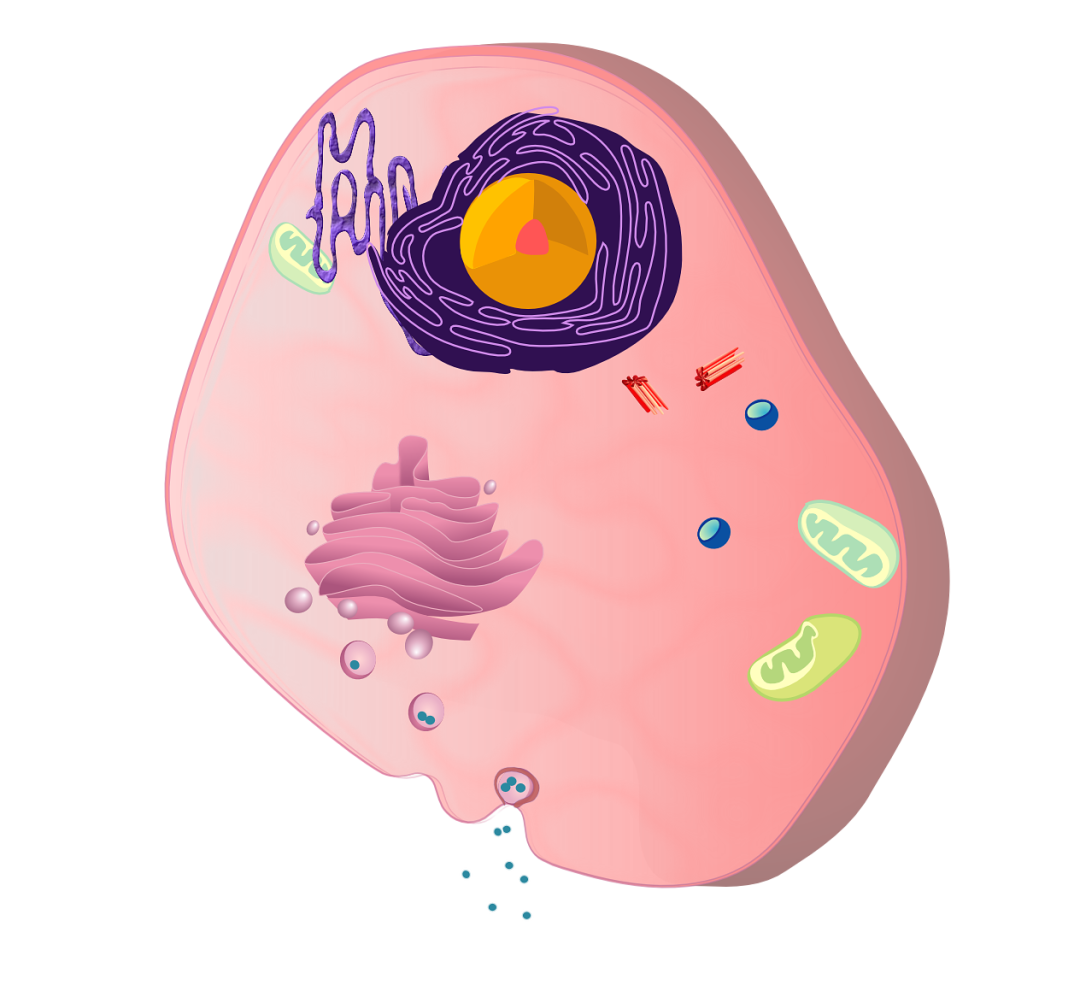The Role of Glutamine in Cell Culture
News 8 4 月, 2025
L-glutamine, an amino acid encoded in protein synthesis, is a common supplement in serum-free media, used to support the proliferation and maintain the physiological functions of various mammalian cells. In common cell culture media, the concentration of glutamine varies from 0.5 mM in Ames’ medium to 10 mM in MCDB 131 medium, typically within the range of 2-4 mM.

Primary Functions
- Energy Supply
Glutamine is a crucial metabolic energy source, meeting the high demands of rapidly proliferating cells for ATP, biosynthetic precursors, and reductants. Glutamine enters cells through amino acid transporters and is converted into glutamate in the mitochondria by glutaminase (GLS) via a deamination reaction.
Glutamate is then transformed into the TCA cycle intermediate α-ketoglutarate (α-KG) through glutamate dehydrogenase (GDH) or transaminases (TAs) such as alanine or aspartate transaminases, producing corresponding amino acids besides α-KG. α-KG is a key metabolite used for ATP production and replenishing TCA cycle intermediates, a process known as anaplerosis.

- Nitrogen Source
Rich in amino groups, glutamine provides nitrogen atoms essential for the synthesis of nucleic acids, proteins, and other biomolecules, crucial for cell growth and division.
- Buffering Agent
During cell culture, the pH of the medium significantly affects cell growth and metabolism. Glutamine acts as a buffering agent in the culture medium, helping maintain a suitable acid-base balance and ensuring normal cell growth.
Potential Issues
- Overuse
Although beneficial, excessive use of glutamine can negatively impact cells. Too much glutamine can disrupt intracellular amino acid metabolism, affecting the synthesis and utilization of other amino acids and adversely impacting cell growth and metabolism.
- Stability Issues
Glutamine may degrade or decompose in cell culture due to factors like temperature, light, pH, and CO2 concentration. Inappropriate culture conditions can reduce its effectiveness. Ready-to-use liquid media often contain free L-glutamine, which is chemically unstable, especially in bicarbonate and CO2 pH buffering systems. Thus, correct use of media containing L-glutamine is crucial for cell growth and function.
Degradation of L-glutamine in media occurs mainly through deamination, which happens more rapidly in a bicarbonate buffer system and is influenced by pH, with higher pH increasing deamination rates.
- Contamination and Purity Issues
Low-quality glutamine may contain impurities or other harmful substances, negatively affecting cell growth and health. Therefore, selecting high-quality glutamine suppliers and conducting proper testing and screening is crucial.
Given these potential issues, media containing glutamine should be stored in the dark and refrigerated, used promptly after opening, and supplemented with glutamine after six months if necessary.
Solutions
Considering the risks, acetyl-L-glutamine is sometimes used as an alternative to L-glutamine in cell culture. This dipeptide derivative of glutamine has several advantages in cell culture:
- Stability: Acetyl-L-glutamine is more stable under cell culture conditions than glutamine, which can be rapidly hydrolyzed by glutaminase, losing its functionality. Acetyl-L-glutamine is more resistant to enzymatic breakdown, thus effectively providing the glutamine cells need.
- Solubility: Acetyl-L-glutamine has higher solubility than glutamine, meaning it can be added in higher concentrations to culture media. Higher concentrations help provide more glutamine to meet the nutritional needs of cells.
- Biological Activity: Acetyl-L-glutamine may better promote cell growth and metabolism. It provides energy and nitrogen sources, enhancing the synthesis of proteins and nucleic acids and thereby supporting cell proliferation and growth.
- Immunomodulatory Effects: Acetyl-L-glutamine reportedly has immunomodulatory effects, potentially helping regulate immune cell function and promote a balanced immune response, beneficial for successful cell culture.
While glutamine remains one of the commonly used nutrients in cell culture, acetyl-L-glutamine may be chosen in certain situations for better efficacy and stability. Each laboratory can choose the appropriate additives based on specific needs.